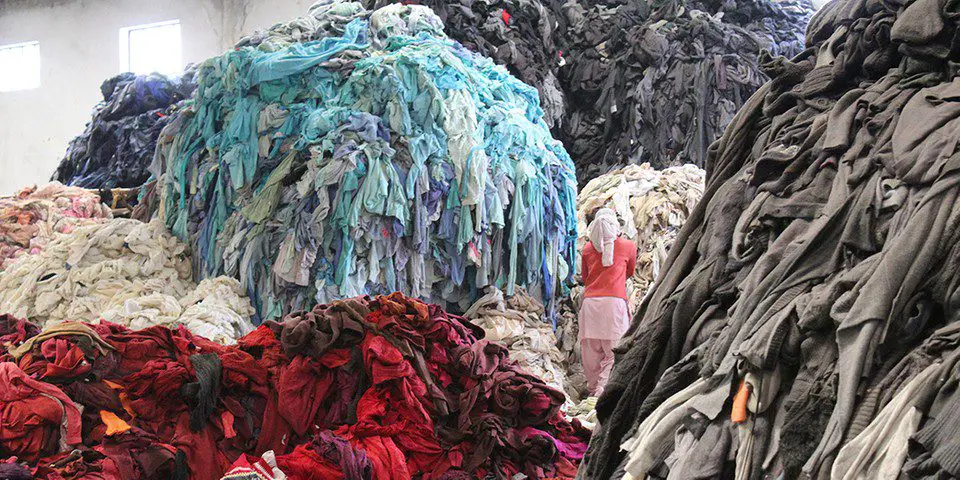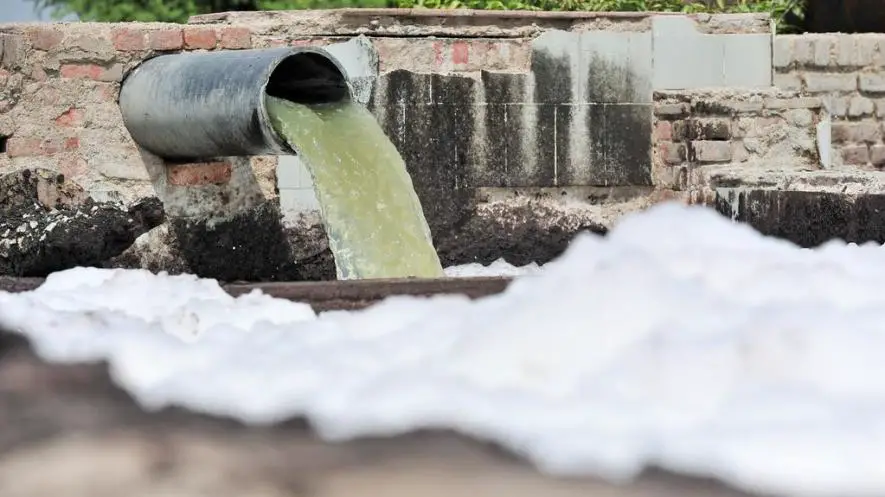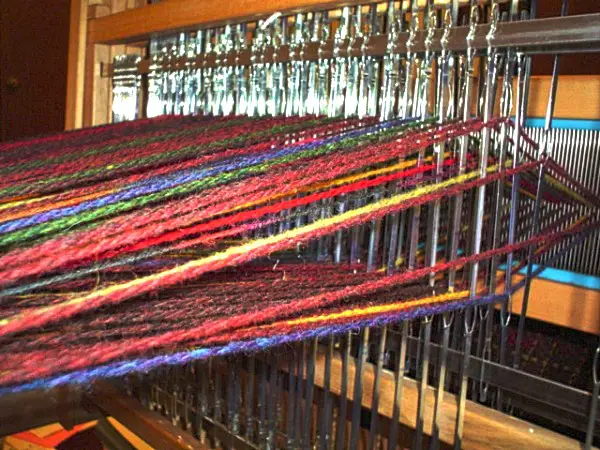In an era where the textile industry's environmental footprint undergoes intense scrutiny, stakeholders from conscious consumers to government officials are proactively advocating transformative measures. Here, we delve into five strategies textile manufacturers could employ to catalyze significant progress.
Mitigate Toxic Processes:

To foster positive change, textile manufacturers can scrutinize environmentally detrimental processes and seek alternatives. A groundbreaking method, developed by researchers at Aalto University, utilizes a non-toxic approach involving carnauba wax coating for waterproof, breathable textiles. This technique, with its multitasking capability, not only reduces environmental impact but also conserves resources during production.
Explore Recycled Textiles:

A surging trend among textile companies involves turning to recycled materials to diminish environmental harm. Companies are innovatively crafting materials from recycled fishing nets, post-consumer cotton, and polyester. These advancements not only contribute to waste reduction but also boast eco-friendly production processes, significantly reducing water usage and carbon emissions.
Reject Fast Fashion Trends:

The fast fashion phenomenon, characterized by rapid production to meet fleeting consumer trends, raises concerns about sustainability. Deviating from long-lasting garments, fast fashion promotes a disposable culture. A departure from this trend is crucial, with numerous ethical clothing options available that challenge the unsustainable nature of fast fashion.
Revamp Wastewater Practices:

Addressing the textile industry's significant contribution to wastewater, particularly in coloring and finishing processes, is imperative. Recycling wastewater using advanced technologies, such as membrane bioreactors and reverse osmosis, presents a viable solution. Additionally, purifying wastewater to remove contaminants before discharge helps mitigate pollution, necessitating ongoing awareness and adoption of evolving practices.
Engineer Low-Shed Fabrics:

Textile manufacturers can contribute to reducing plastic microfiber pollution by engineering fabrics that shed fewer particles during washing cycles. Recent research underscores the impact of wash cycle characteristics, emphasizing the need to create textiles requiring less delicate handling. By developing fabrics resistant to shedding, manufacturers play a pivotal role in curbing environmental pollution.
A steadfast commitment to change is the cornerstone for achieving remarkable results in the textile industry. While external factors may influence operational shifts, a proactive and specific plan of action, coupled with unwavering dedication, positions textile factories to effectively address environmental challenges in the fashion sector.